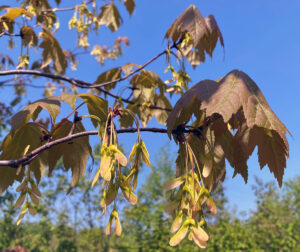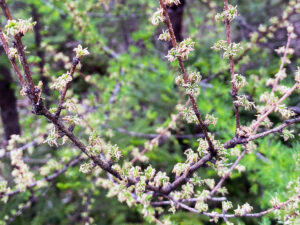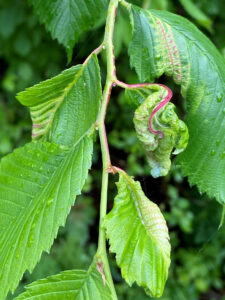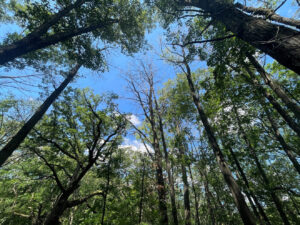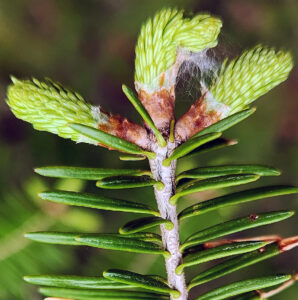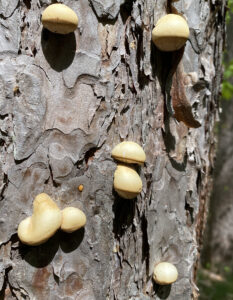
Veiled polypore fungi show as yellow, leathery fruiting bodies on the bark of dead red pine trees. / Photo Credit: Linda Williams, Wisconsin DNR
By Linda Williams, Forest Health Specialist
Linda.Williams@wisconsin.gov or 920-360-0665
You may have seen these leathery, yellow fungi growing on recently dead red pine trees and wondered if they were what killed the tree. The short answer: No, they did not kill the tree.
The veiled polypore (Cryptoporus volvatus) is a decay fungus that grows on the bark of red pine in the year after they die. They can be found anywhere on the trunk of the tree.
Continue reading “Veiled Polypore Fungi Growing On Red Pine Bark”

